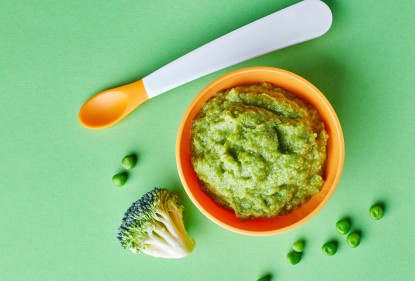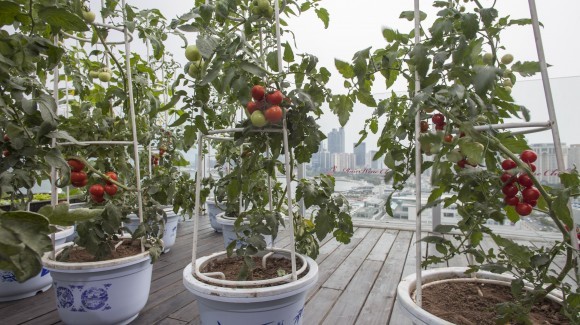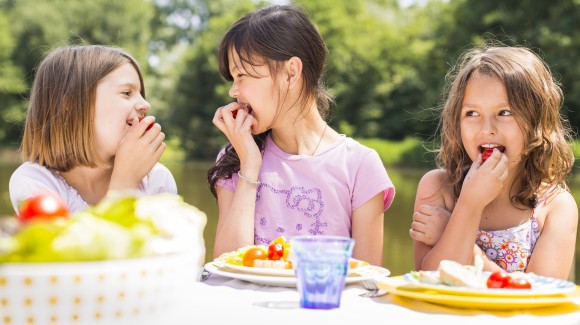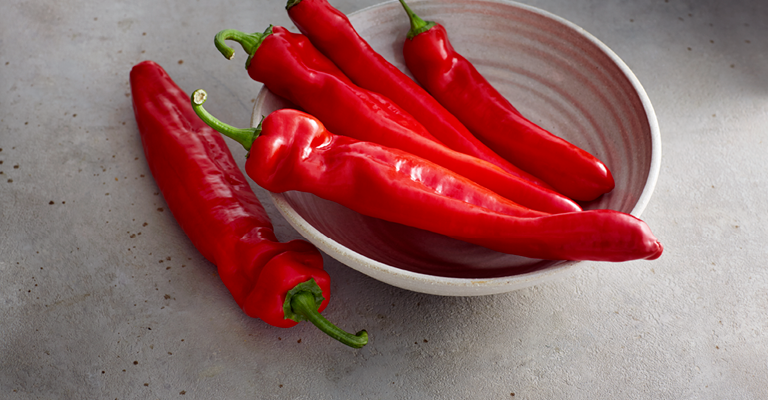
Kids
Baby's first solid food? Start with vegetables
"Sophie enjoys her fresh vegetable meal every day". We all want our children to eat enough vegetables and grow up healthy. In practice, this often turns out to be a persistent problem for parents. Vegetable consumption is well below par, especially in children. Children between 1 - 3 years old eat on average 38 grams of vegetables, while the recommendation is 50 – 100 grams per day. Mostly, this amount does not increase when children are 4 – 6 years old. Then they eat on average 43 grams of vegetables, while the recommendation is even more at 100-150 grams per day. In this blog, I share more about the background of vegetable consumption in children and I give tips on how to encourage babies to enjoy vegetables from an early age.
Taste development in babies
Research has shown that taste development occurs early. There is already an exchange of all kinds of flavours between mother and fetus in the womb. Therefore, what you eat when you're pregnant is important. Furthermore, we know that the first two years of a child’s life is an important and beneficial time to teach taste development as babies and toddlers are open to all kinds of flavours. In fact, that's when the basis of your taste palette is laid. The preferences you develop as a child are predictive of eating habits later in life. Of course, we are never too old to develop a taste for new flavours, but old habits do die hard! Moreover, certain behaviour is difficult to change so it is better to do it right from the start. An investment, as it were, for later.
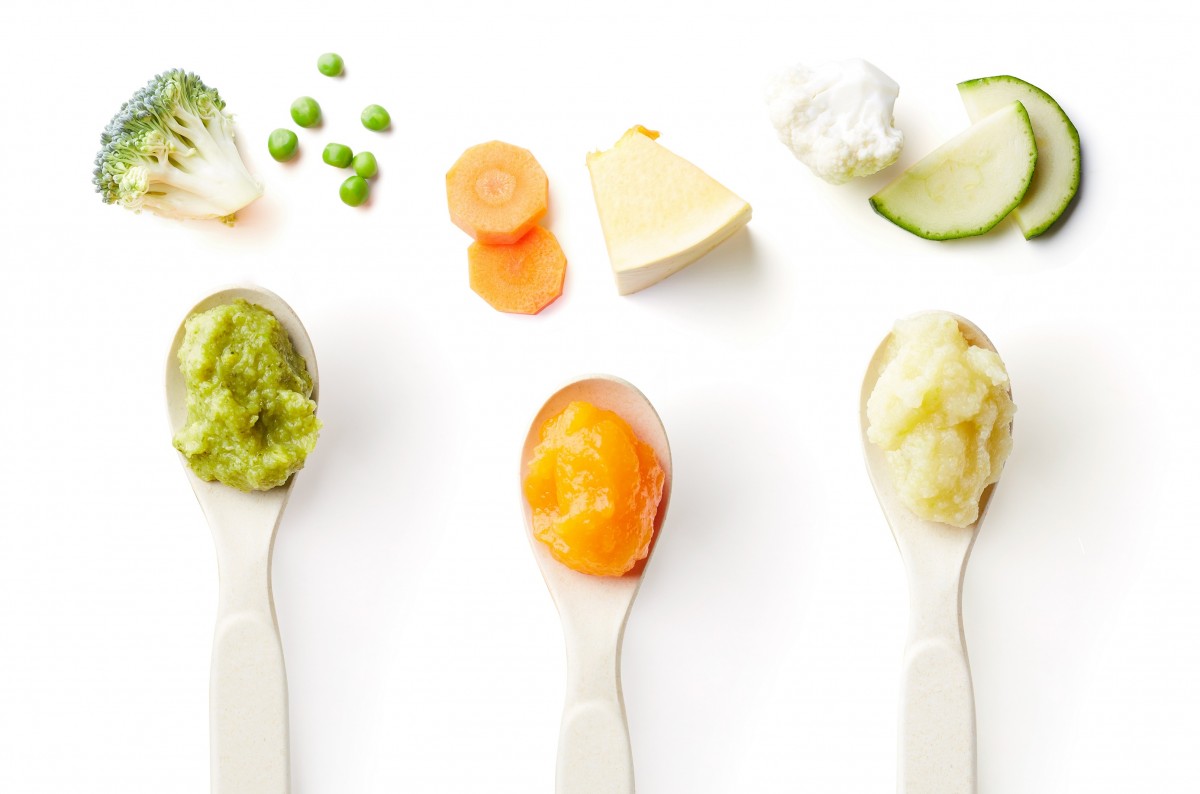
Start with vegetables instead of fruit
The first two years are an opportunity to expose your child to all kinds of flavours. But how can you best do that and what should you look out for? A tip I give is to start offering vegetables instead of fruit when transitioning from milk to solids. We are born with a preference for sweet flavours and an aversion to bitter and sour ones. The reasoning is that sweet stands for high calorie and is rewarding/satiating for your body while bitter signals danger. Most plants can be toxic, or contain toxic components, taste bitter, contain few calories and are not satiating. Babies only get milk (sweet taste) for the first few months. When moving to solids, I would say start with vegetable snacks because that is a taste they still need to learn to appreciate and babies are relatively open to this. Fruit is easier because most varieties taste sweet and they are already familiar with this taste.
We know from research that it has a positive effect when you start with vegetables as solid food. Babies who are first fed exclusively with vegetables instead of fruit eat comparatively more vegetables. So, by starting to offer different types of vegetables for 19 days the moment you switch from milk to the first mouthfuls, you can ensure your baby eats more vegetables.
What type of vegetables to start with?
What type of vegetables should you give your baby? Offer soft flavours such as cauliflower, green beans, spinach and broccoli. Carrots and pumpkin always do well with babies. This is because these vegetables already taste sweet. It's fine to offer these flavours and it is best to alternate them with cauliflower, spinach, green beans and broccoli. Variety is very important as it allows your child to get used to as many different tastes as possible.
Remember that it's all new to your child and that it takes time to get used to these new flavours. Drinking milk is very different to eating solids. A completely different swallow and chewing process is called upon. Eating solids requires different capacities and techniques than drinking sweet, warm milk.
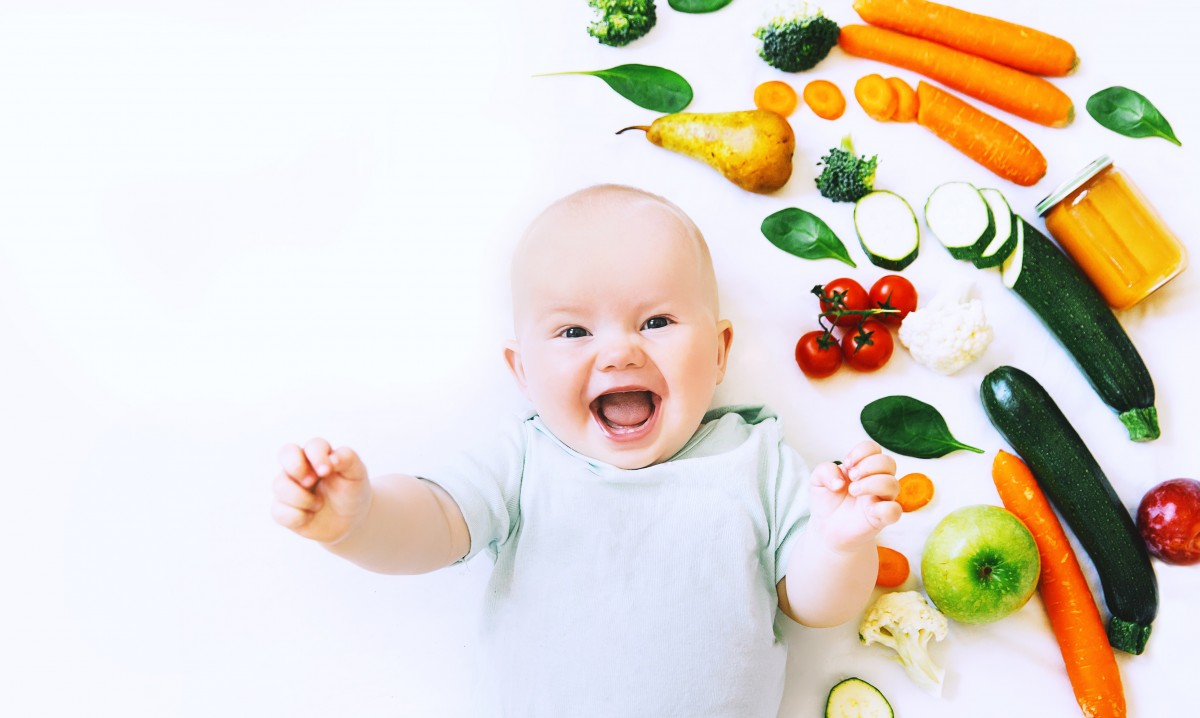
Offer a new flavour at least 10 times
As a parent it is important to understand that at first it is not so much about the amount your baby eats. We are often fixated on the amount of food a child eats. Often the answer to the question, "How well does your child eat?", is, "Great, she’s already finishing the whole bowl". Whereas at first it is not so much about the quantity but that your child comes into contact with all kinds of flavours, so she can get used to different tastes. Making acquaintance with and tasting a variety of flavours is more important than the quantity.
And did you know that you have to offer a new taste about ten times before the taste is appreciated? That means sometimes you have to offer a vegetable ten times before you can say Sophie doesn't like it. How exactly you do that and what signals you should look out for, I'll cover in my next blog.
